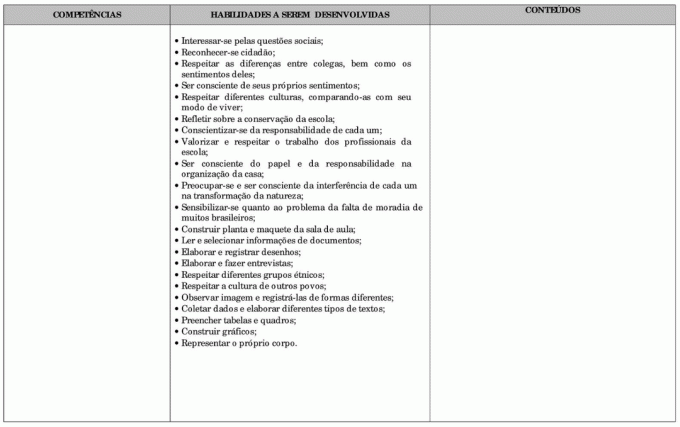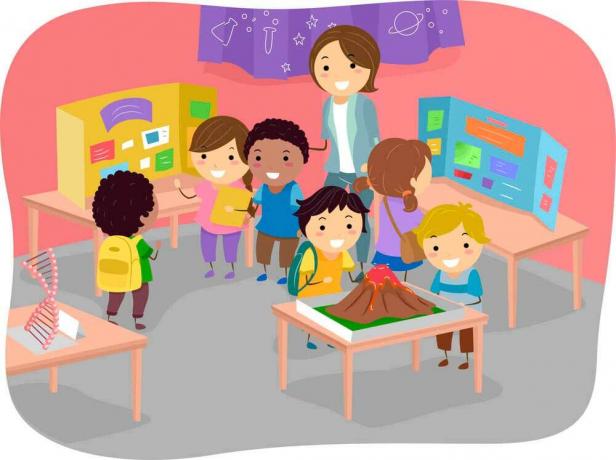We selected in this post suggestions for Annual planning for 2 years of elementary school.
The act of planning accompanies man since the beginnings of human evolution. All people plan their actions from the simplest to the most complex, in an attempt to transform and improve their lives or those of those around them.
See too:
But it is not only in personal life that people plan their actions, planning affects various sectors of social life. If the act of planning is so important, why do some people still resist accepting this fact, especially in the school context?
O class plan is an essential element for the planning diary of activities that will be developed by the teacher in the classroom. class during the year. It is the responsibility of the education professional, who will outline the learning objectives and how they will be achieved.
It was with this in mind that we selected these suggestions for 2 year annual planning, check out:
Index
Also check: Planning and reception in adapting Early Childhood Education
Check out a model of 2 year annual planning, for download in WORD:










To make it easier for you, we will make available for download the complete booklet with 32 pages of 2 year annual planning, prepared by CEVIVA, in PDF.

See also: Annual planning
See too: Weekly Planning Template to print
Subscribe to our email list and receive interesting information and updates in your email inbox
Thanks for signing up.